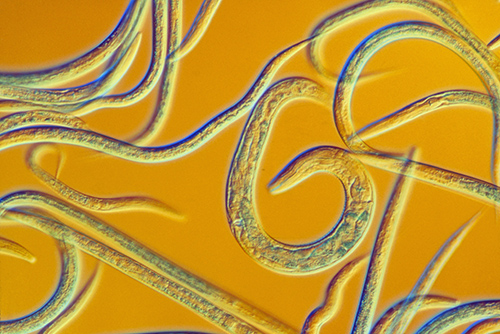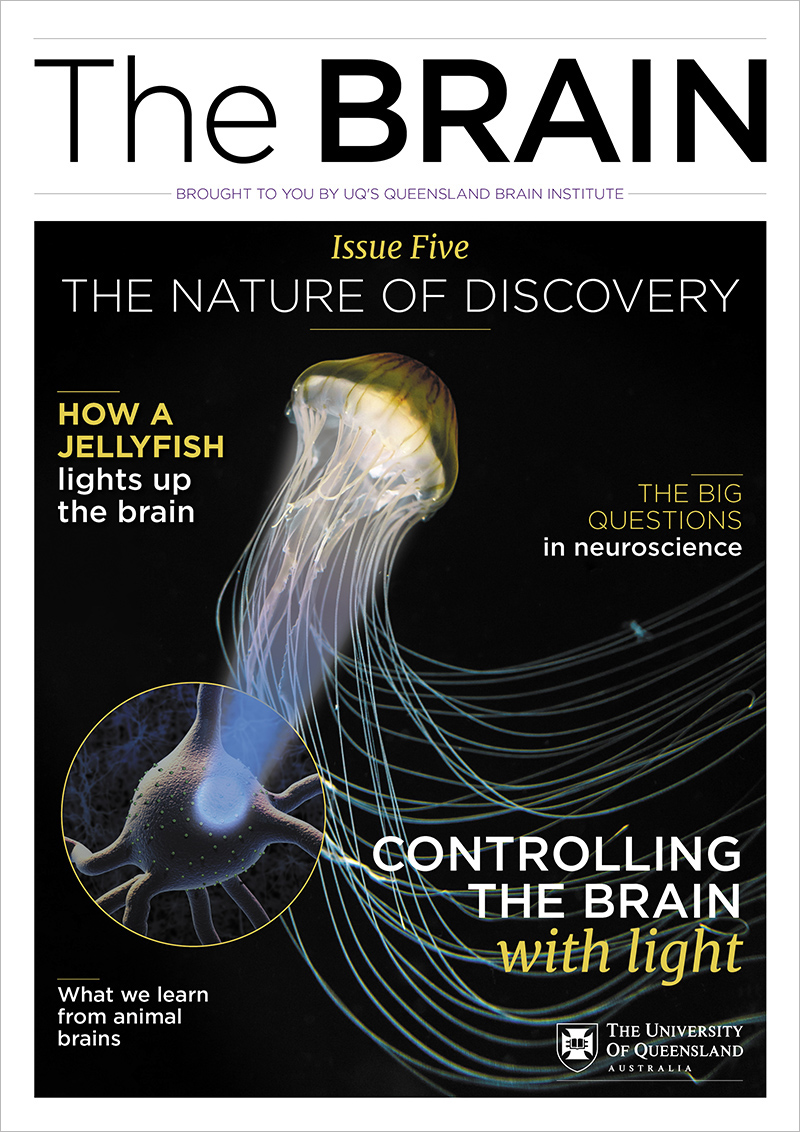
The tiny C. elegans, measuring about 1 mm long, has done more for neuroscience than just about any other organism. With just 302 neurons and 7000 connections, it has a much simpler nervous system than our complex 100 billion neurons. Professor Hilliard's team has been able to slice the axon of a single neuron to see how C. elegans repairs it.
They found it is able to spontaneously repair a broken nerve by stitching the two halves back together! (See main image, above). If we can figure out at the most basic level the signals and proteins used in that process, we may be able to apply that to humans to help repair nerve damage.
Roundworms can repair severed nerve cells
The ability to reconnect nerve cells following an injury is a huge goal in science. Humans cannot do this spontaneously and it's why damage to the spinal cord is usually permanent.
But this ability does exist in nature: a number of invertebrate species, like the microscopic roundworm Caenorhabditis elegans, are able to re-fuse and restore the function of neurons that have been severed.
Professor Massimo Hilliard and his team at UQ's Queensland Brain Institute are studying this amazing capability in C. elegans in the hope of one day being able to treat nerve injuries, such as paralysis, in people.
They uncovered key information on how this process is regulated. Neurons communicate using lengthy, cable-like structures called axons. In 2015, Professor Hilliard's team discovered the ability of C. elegans to carry out a process called axonal fusion, where two halves of a cut axon reconnect.
“It’s a very efficient process,” Professor Hilliard says. “Instead of injured nerves having to regrow the full length to their targets, they are basically just bridging a gap to rejoin the nerve and allow it to function again.”
To undergo fusion, the axon still attached to the cell must first regrow, then position itself in close proximity to its separated axonal fragment. Once the two parts of the axon have reconnected, they fuse their membranes to form a cohesive whole with an outer membrane and the inner material of the cell.
It’s a process that offers promise as a potential treatment for people with nerve injuries, which can cause life-long disabilities.
Main image credit: (Xue Yan Ho / QBI)

